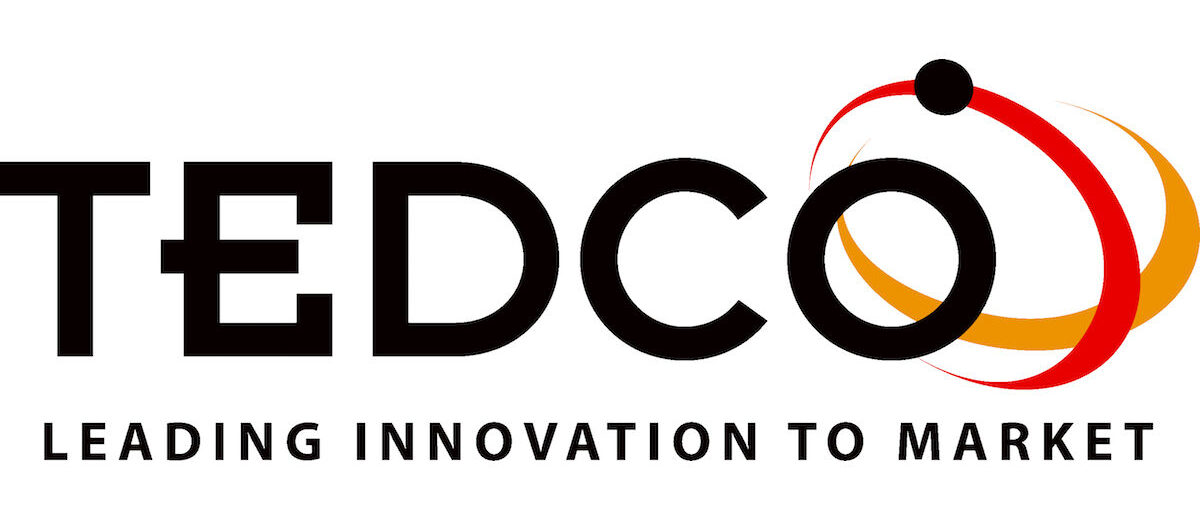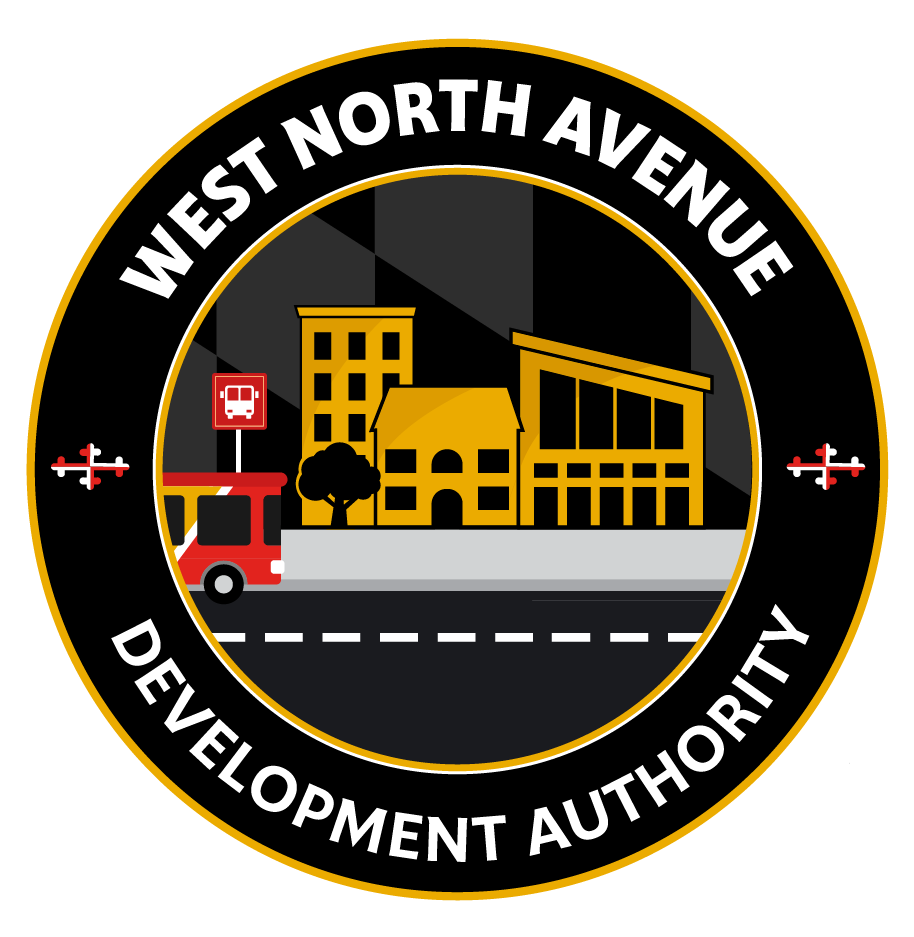Talent Is the Driver: Big Ideas and “Reel” Momentum from MEDA’s Fall Conference
Despite stormy conditions to start the day, Chesapeake Beach still showed off at the beautiful Rod ‘N’ Reel Resort for MEDA’s 2025 Fall Conference. Under the banner, “Talent is the Driver: Building Communities Where People Want to Live and Work,” Maryland’s economic development community leaned into a simple truth: build places that people love, and the jobs, investment, and long-term prosperity will follow.
The morning keynote from Dr. Danny Twilley, a proud Salisbury native and Salisbury University graduate, set the tone. Now with WVU’s Brad and Alys Smith Outdoor Economic Development Collaborative, he shared how West Virginia took the challenge of population loss head-on. West Virginia, he said, once sat at the bottom of the wrong lists, such as happiness, health, economic mobility, population loss, and brain drain. Rather than accept that story, they began rewriting it.
Twilley’s team at WVU did extensive research on workforce trends and shifting values of younger generations, the correlation between population loss and economic impacts, and studied outdoor recreation leaders such as Colorado, Utah, Idaho, and Bentonville, Arkansas, and asset-mapped its own whitewater, skiing, and rock-climbing areas. His conclusion landed with the room: the data shows young people these days place a high value on experiences and quality of life. They are willing to pay more and even accept less pay to live in great places. And West Virginia has great places.
At one point, I glanced out toward the water and noticed the damage from the storm and unusually high tides that morning – a light post swaying, a small chunk of the dock broken loose, water lapping over the walkways. It was a tiny, vivid reminder of place. We were not talking about abstract strategy. We were talking about real towns where the water rises, where people wave to neighbors on the way to work, mow their lawns and run errands, raise their families and coach youth sports, and where quality of life is something that you can feel in the air.
Enter Ascend West Virginia, a remote worker program inspired by Tulsa Remote and not just a pandemic reflex. Dr. Twilley’s team evaluated 18 West Virginia communities in five categories to find places with the greatest opportunity to attract population and scale impact. They created a comprehensive offer: $12,000, a year of free outdoor recreation, two years of outdoor gear rentals, and free coworking space to build community. They opened an extensive application process and had more than 10,000 applications in the first year.
Now five years into this effort, the results are hard to ignore: 76,800 applications across six communities, 96 percent retention rate, $750 million in economic impact, and an average participant salary of $111,000. The lesson for Maryland is simple: lead with the authentic experience of place, design on-ramps to belonging, measure the outcomes you want, and iterate.
Following Dr. Twilley’s keynote, the “Building Vibrant Communities to Keep and Attract Talent” panel looked at local examples of placemaking. Moderator Kari Snyder, Maryland Department of Housing and Community Development, guided Matt Miller, Cumberland Economic Development Corporation, David Ross, Atlantic Realty Corporation, and Susan Slinghuff Hartmann, College Park City-University Partnership, through discussions of projects where real estate serves community goals. Miller talked about the Potomac Street project in Downtown Cumberland that brought upgraded infrastructure to historic buildings, enabling upstory renovations for new residential units. Ross shared ARC’s redevelopment project in Lexington Park, Pax River Village Center, and how creating a sense of place and activating public spaces was an important part of the redevelopment strategy. Hartmann discussed the comprehensive efforts over the last 10 years to transform College Park into a true “town-and-gown” community through the Vision 2030 plan and a targeted talent attraction program that provides downpayment assistance for people who want to live and work in College Park. Each of these examples links branding, amenities, and live-near-your-work strategies. A few threads rose again and again: use creative housing finance to launch mixed-income, mixed-use projects; redevelop with purpose and add what is missing, like childcare and grocers; treat parks, trails, and water access as headline amenities; and build coalitions so public leaders, private partners, and residents pull in the same direction.
Next up, the “Building the Foundations for a Thriving Workforce” panel went right to the backbone that allows people to participate in a local economy: transit, housing, and childcare. Moderator Candace Dodson-Reed, MEDCO, drew out concrete examples of how to activate underused assets to seed activity and support a shared vision. Ryan Trout, City of Rockville’s Department of Housing and Community Development, laid out a comprehensive approach to more affordable, sustainable housing, balancing affordability and growth through supply, subsidy, and sustainability. Darren Cooper, Maryland Department of Transportation, discussed the State’s approach to transit-oriented development as a tool to create livable, well-connected communities that leverage investments in transportation. And Cindy Rozen, Affordable Homes & Communities, discussed creative ways the organization is integrating childcare into their residential developments, and working to make it more affordable for their residents.
Over lunch, “Global Talent, Local Impact” shifted the lens to talent already here. International students studying at Maryland institutions form a ready pipeline. The steps are straightforward and high-yield: leverage Optional Practical Training (OPT) work authorization; map where international students live and what they study; pair those insights with employers who cannot fill roles in specific fields; and build intentional touchpoints, from internships to an international student job fair, so graduation becomes a bridge instead of a goodbye.
At the end of the conference, I looked back at that swaying light post, with the sun now shining brightly on it, and I kept thinking about momentum and balance. Communities need both. Map your unique assets. Package everyday experiences that make life here irresistible. Advance mixed-use and childcare-enriched projects. Align policy around supply, subsidy, and sustainability. Welcome international graduates as neighbors and colleagues. Talent is the driver, and Maryland is ready to move.



